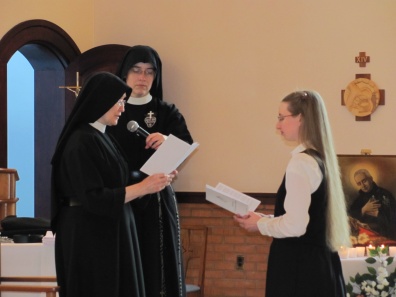 Yesterday we received a letter from our delightful daughter, Sr. Mary Kate. This one was special as it’s the last letter we will receive from her until after Easter.
Yesterday we received a letter from our delightful daughter, Sr. Mary Kate. This one was special as it’s the last letter we will receive from her until after Easter.
One area of discernment and discussion among the postulants is the new religious name they will receive upon entering the novitiate this summer. The postulants have considerable input on this, though the final decision comes from the mother superior.
Anyway, Sr. Mary Kate said that she and some other postulants had fun one afternoon coming up with a list of names never to take–a process of elimination, of sorts. So, for your amusement, here are some of the names they came up with:
- Sr. Rosary Bede (after Venerable Bede, of course)
- Sr. Polycarp Esther (or Sr. Polyesther, for short)
- Sr. Chrysostom Chrysologus
- Sr. Esther Sylvester
- Sr. Dies Domini (although every Sunday would be her feast day!)
- Sr. Michael Jordan
- Sr. Immolata Victima Sanguine (one of the professed suggested this, with a straight face, to a peppy, personable postulant)
Can you come up with any other religious names to avoid?

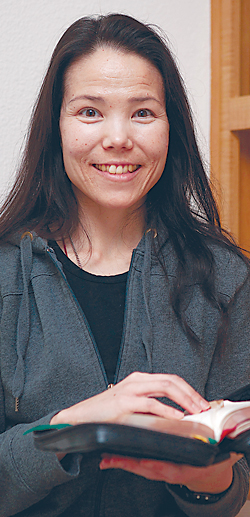
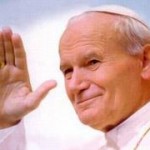 As I was navigating through the outstanding new
As I was navigating through the outstanding new 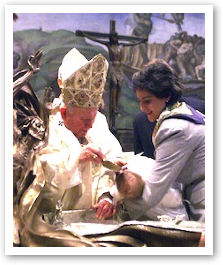 This week the Vatican released the 2011 Lenten Message of Pope Benedict XVI. The message’s title is taken from St. Paul: “You were buried with Him in Baptism, in which you were also raised with Him” (Colossians 2:12).
This week the Vatican released the 2011 Lenten Message of Pope Benedict XVI. The message’s title is taken from St. Paul: “You were buried with Him in Baptism, in which you were also raised with Him” (Colossians 2:12). In recent weeks we have offered
In recent weeks we have offered  Last week the
Last week the 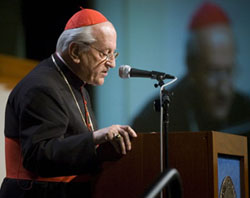
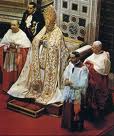 Today the universal Church celebrates the feast of the Chair of St. Peter. When I first returned to the Church way back when, I thought this feast sounded really strange. I was okay with celebrating events from the life of Christ, and even with celebrating feasts in honor of special saints. But a chair?
Today the universal Church celebrates the feast of the Chair of St. Peter. When I first returned to the Church way back when, I thought this feast sounded really strange. I was okay with celebrating events from the life of Christ, and even with celebrating feasts in honor of special saints. But a chair? The Apostle of the Interior Life crossed the road to give spiritual direction.
The Apostle of the Interior Life crossed the road to give spiritual direction.